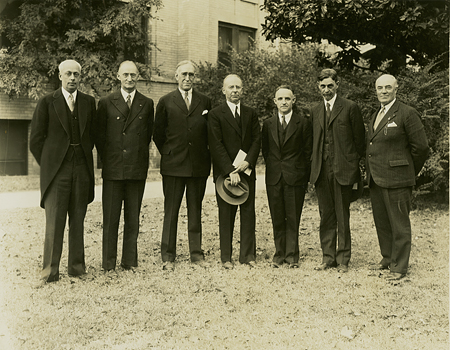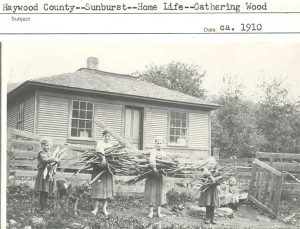“The juxtaposition of progress and nostalgia [in Charlotte during the 1929 reunion of Confederate veterans], far from being contradictory, was, the Observer argued, touching and poignant. A reporter captured this striking anecdote: ‘Two gray-haired men stood on the corner of Trade and Tryon streets, unmindful of the swirling traffic around them. As they lifted their eyes toward the bank building with its wealth of Confederate flags… they did not notice the harsh honk of auto horns, the press of hundreds of busy people, the bustle of uptown trade. “My, but they look good,” said one of the men…. “Just like they flew ’em in the war,” said the other. … Two girls of the flapper age stared at them curiously. A young collegian, hatless and hurrying, almost bumped into them.’
“It is a perfect piece. More than anecdote, it is epiphany… [showing] that the magic worked, that the myths of the New South and the Lost Cause still held themselves, and the South, together.”
–From “Like Fire in Broom Straw: Southern Journalism and the Textile Strikes of 1929-1931” by Robert Weldon Whalen (2001)




